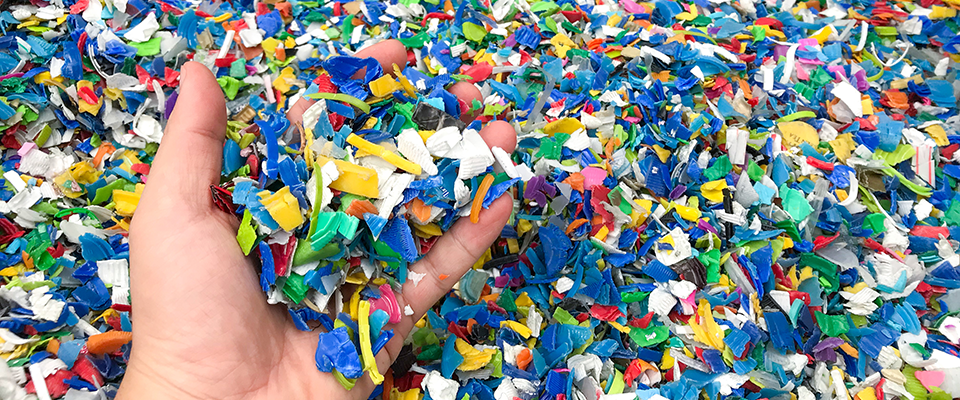At its live e-symposium 2021 from 22 to 24 June, ENGEL is presenting the new two-stage process to a trade audience for the first time and demonstrating its great potential. The new process also offers benefits in the production of very large and thick-walled components with high shot weights.
The key to shortening the recycling process is breaking down plasticising and injection into two independent process steps that are very well tuned with each other. In the first stage, the raw material, for example plastic flakes originating from post-consumer collection, is melted in a conventional plasticising screw. In the second stage of the process the melt is transferred to a second screw for injection into the cavity. The two-stage process makes it possible to integrate a melt filter and a degassing unit on the injection unit side of the injection moulding machine, so that products with a consistently high quality are obtained even from contaminated plastic flakes.
This innovation sees ENGEL make a further contribution to the establishment of a circular economy for plastics. Pelletising the recycled material is an energy-intensive process which typically also involves logistics overhead. If this step can be eliminated, the CO2 footprint is improved and recycling costs are also significantly reduced.
More efficiency, also for very large parts
As an alternative to an injection screw, the plasticising screw used for creating the melt can be combined with a piston unit. This variant of the two-stage process is also very efficient for processing very large shot weights of up to 160 kg with a comparatively low injection pressure requirement. The two-stage process enables a more compact system design and a lower unit cost than is possible with a conventional single-stage plasticising and injection process.
ENGEL has developed a new piston design to eliminate the typical disadvantages of piston injection units when changing materials. The rheologically optimised piston tip supports uniform flushing around the piston, enabling fast material and colour changes.
Typical applications are containers, pallets or even large fittings. Starting at a shot weight of 20 kg, processing efficiency increases significantly thanks to keeping the plasticising and injection processes separate.





